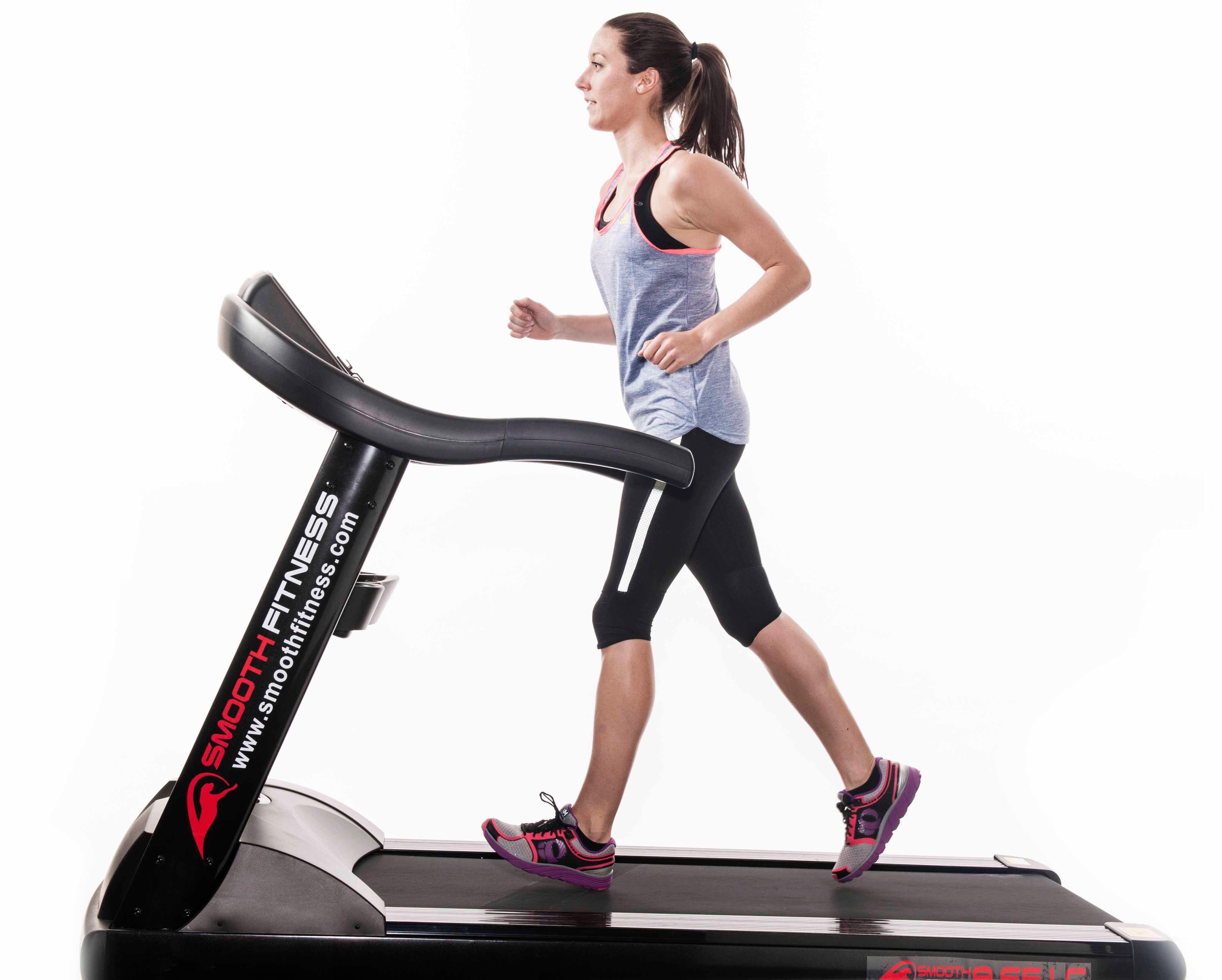The Tricky Business Of Treadmill Pacing

Photo: John David Becker
Tips for sticking to your target speed on a treadmill.
Love the treadmill or hate it, it’s an important training tool for many triathletes. Setting aside the matter of boredom, one of the most challenging aspects of treadmill training is getting your pace right. Demonstrating this, Brazilian researchers recruited a group of runners to complete two separate one-hour time trials on a track and a treadmill, discovering that the participants’ mean velocities were slower on a treadmill.
Similarly, another study published in Gait and Posture found that runners ran a whopping 27.1 percent slower on a treadmill than a track. David Allison, coach and founder of Marathon Coaching Consultants in Phoenix, Ariz., explains this: “Although there should be no discernible difference between treadmill and road or track running, I think being forced to keep up a certain pace on the treadmill and maybe a slightly smaller gait allowed by a treadmill can make it feel harder to run a certain pace.”
Since it can be difficult to determine whether the fancy treadmill at the gym or the old one in your basement are offering accurate feedback on your pace, a heart rate monitor can offer additional information on whether you’re expending a comparable amount of energy. “It’s important to know what you want your heart rate to get up to so you know if you’re working hard enough,” says Allison.
By tracking heart rate on a track or road during certain workouts, you can better assess your effort on the treadmill, but keep in mind that it is just one of many useful tools. There’s no replacing that instinct and ability to internally judge pace that happens over many miles and years of training. Rather than zoning out on the treadmill, be sure to listen to your body and consider all the available data points to keep your pace on target.
RELATED: Brett Sutton On The Benefits Of Treadmill Training
Pace yourself!
Experiment with running these workouts on both the track (or road) and the treadmill, and note if your effort level changes at the same pace. Put at least a 0.5–1 percent incline on the treadmill.
5K/10K Intervals
Warm-up: 10–15 minutes easy
Round 1
6 minutes at 10K pace, 3 minutes recovery
4 minutes at 5K pace, 2 minutes recovery
Round 2
5 minutes at 10K pace, 2:30 recovery
3 minutes at 5K pace, 1:30 recovery
Round 3
4 minutes at 10K pace, 2 minutes recovery
2 minutes at 5K pace, 1 minute recovery
Cool-down: 10–15 minutes easy
Total: About 1 hour
Negative split 3-miler
Warm-up for 10 minutes easy
For the next 3 miles, you’ll increase your pace by 0.2 every ½ mile. Start at a comfortable pace that is slightly fast than your warm-up pace.
We will use 6.0, or a 10:00/mile, as an example.
Mile 1–1.5: Run at 6.0
Mile 1.5–2: Run at 6.2
Mile 2–2.5: Run at 6.4
Mile 2.5–3: Run at 6.6
Cool-down: 10 minutes or longer as necessary